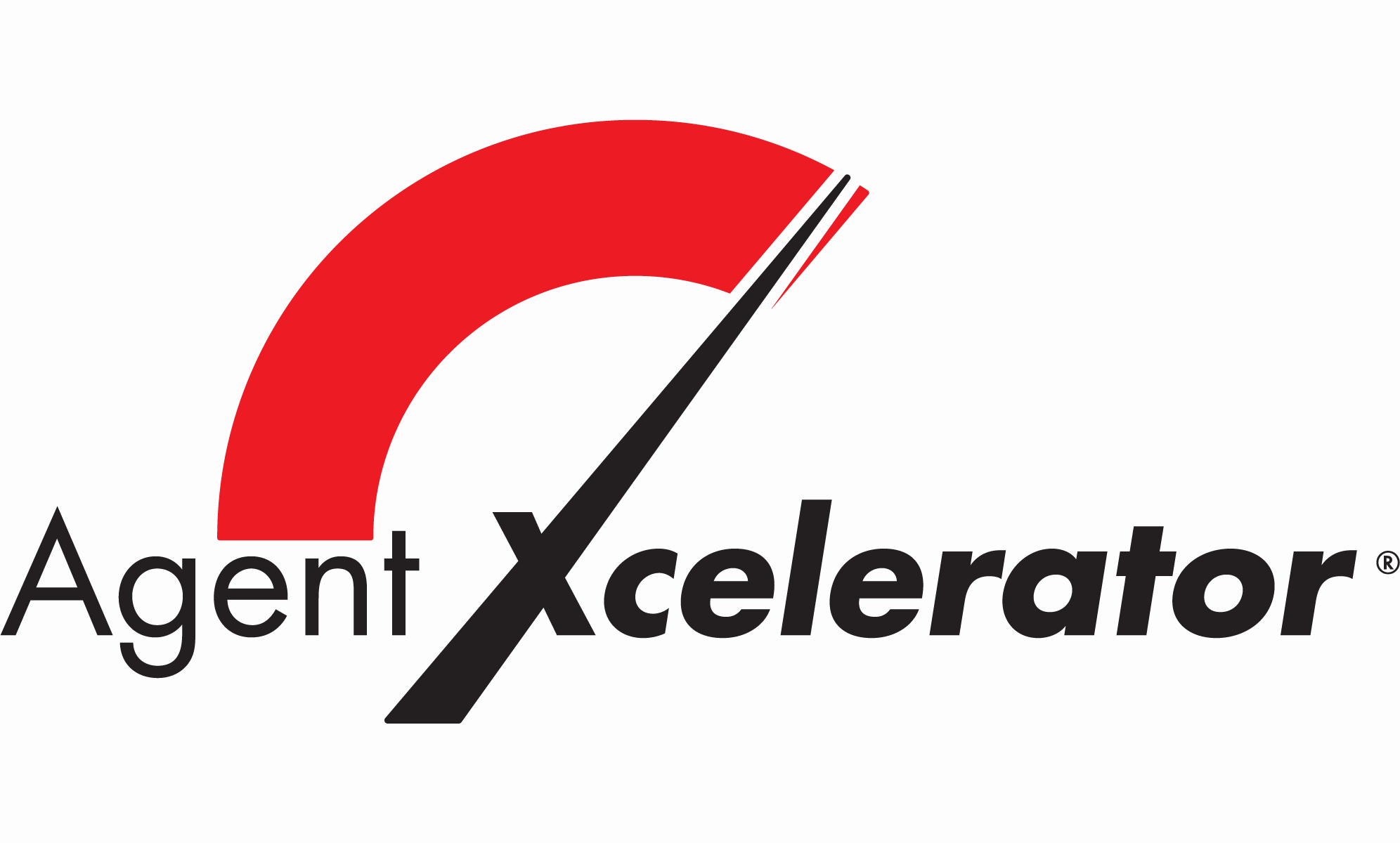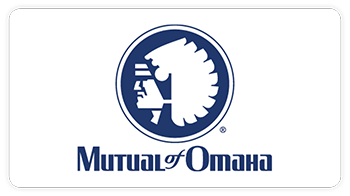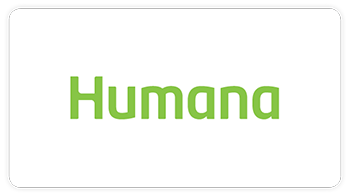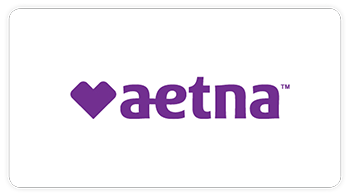
More Medicare beneficiaries are accessing dental, vision, and hearing coverage through Medicare Advantage, but their plans are not getting adequate financial protections from out-of-pocket costs for the supplemental coverage, according to a recent Health Affairs analysis.
The analysis of data from the 2016 Cost Supplement to the Medicare Current Beneficiary Survey found that out-of-pocket expenses still accounted for 70 percent of dental spending, 62 percent of vision spending, and 79 percent of hearing spending among Medicare beneficiaries with supplemental coverage. The majority of these beneficiaries received coverage through a Medicare Advantage plan.
“MA plans are filling the coverage gap, particularly among those with low or middle incomes. More research is required to understand the generosity of these benefits. This analysis suggests that even MA enrollees with coverage were paying a high proportion of the total cost out of pocket,” researchers from Johns Hopkins said in the analysis.
Dental, vision, and hearing services carry concerns of high out-of-pocket expenses, particularly for older adults and vulnerable populations. But individuals who ignore their overall health due to overwhelming costs are likely to see complications in the future.
Specifically, 19 percent of older adults have untreated tooth decay, and an additional 19 percent have complete tooth loss, researchers explained in the analysis. Poor oral health has been linked to chronic diseases including diabetes, cardiovascular disease, and pulmonary infections.
Vision loss, affecting nearly 37 million individuals aged 50 and older, is linked to increased risk of falls, depression, cognitive impairment, hospitalization, and mobility limitations. And two-thirds of adults aged 70 and older have some type of hearing loss, which is connected to dementia, increased falls, and depression, researchers added citing data from multiple studies and reports.
Medicare beneficiaries have struggled to address dental, vision, and hearing issues because traditional Medicare does not cover the high-cost services. Stand-alone plans for dental and vision services are an option for beneficiaries in traditional Medicare, but the rates of uptake for these plans have been low. Additionally, stand-alone plans for hearing coverage do not exist, so beneficiaries did not have access to financial protection from the costs related to hearing aids and services, researchers highlighted.
Medicare Advantage plans have stepped up to fill this important gap in coverage, the analysis showed.
Although stand-alone plans had a role in some services, Medicare Advantage plans provided the most coverage for all three services among Medicare beneficiaries.
For example, 62 percent of Medicare Advantage enrollees were in plans with a dental benefit in 2016. The majority of enrollees also received vision coverage through Medicare Advantage plans and Medicaid that year.
Overall, researchers found that Medicare Advantage plans provided the bulk of supplemental coverage for Medicare beneficiaries – especially those with higher incomes.
The analysis found that 35 percent of Medicare beneficiaries with incomes 400 percent of more of the federal poverty level had dental coverage compared to 26 percent of those with incomes less than 100 percent of the poverty level. Additionally, 62 percent of Medicare Advantage enrollees who were not dually enrolled in Medicaid had dental coverage in 2016 versus 28 percent of Medicare beneficiaries who were dually enrolled. Although, coverage of hearing was higher among low-income beneficiaries. Increased coverage of supplemental benefits led to an uptick in service utilization, with individuals who had dental coverage being more likely to have had at least one visit in the past twelve months.
However, these beneficiaries also faced significant out-of-pocket costs for the services.
Of the Medicare beneficiaries, hearing services saw the highest out-of-pocket expenses, with spending on hearing care averaging $1,526 for traditional Medicare beneficiaries and $1,569 for Medicare Advantage members. But having hearing coverage barely alleviated out-of-pocket cost burdens, the analysis found.
Spending among Medicare Advantage enrollees with hearing coverage was $1,163 versus $1,569 among those without coverage through their plan. The share that accessed hearing care services was similar in both groups.
Out-of-pocket spending for dental coverage averaged $894 for individuals with dental coverage and $928 for those without,the analysis also found..
Ten percent of all Medicare beneficiaries reported that they had not visited the dentist at all due to high cost.
Finally, vision spending made up 62 percent of out-of-pocket expenses in 2016. Overall, Medicare beneficiaries with vision coverage were just about as likely to have had an eye exam in the past 12 months (56 percent) as individuals who did not have coverage (54 percent).
Total spending among individuals in traditional Medicare with vision coverage was significantly higher than spending among Medicare Advantage enrollees at $415 and $331, respectively.
By Samantha McGrail – HealthPayerIntelligence




